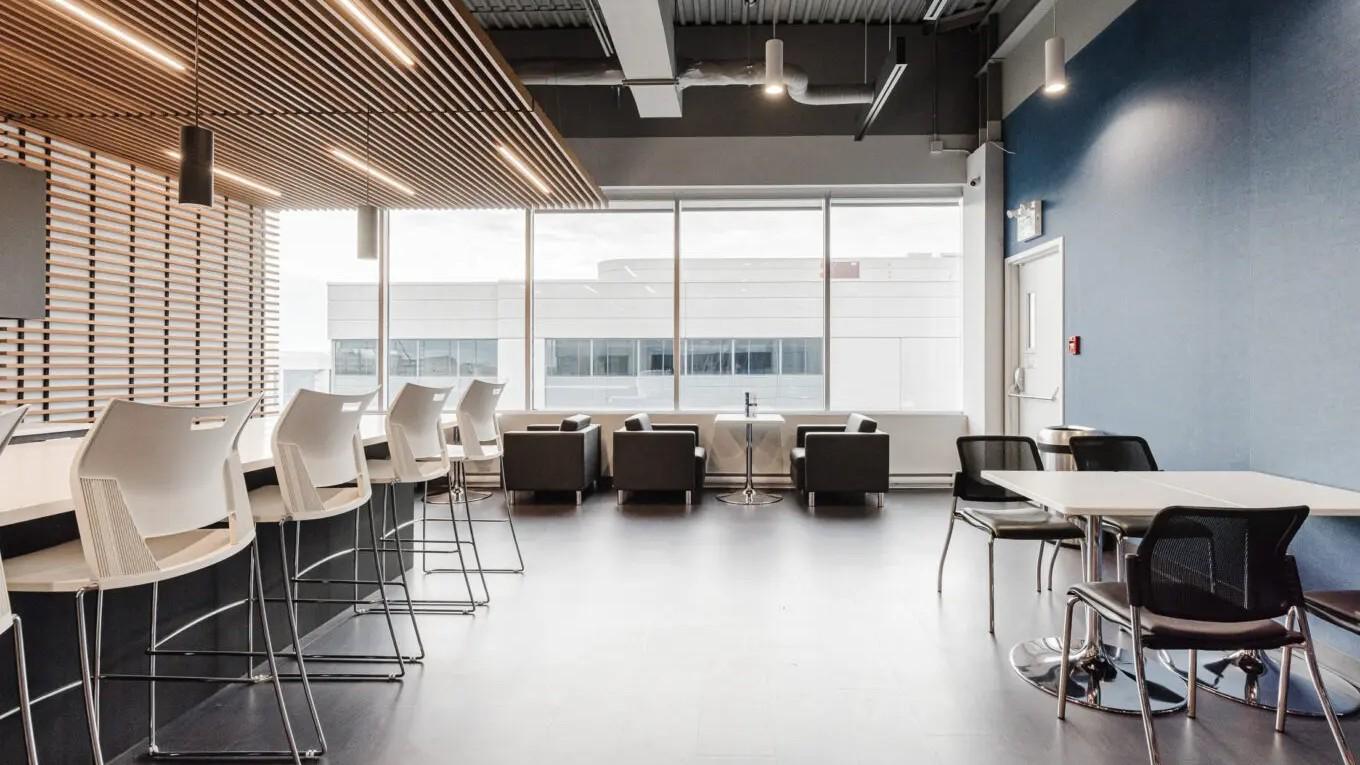

Steps to Plan

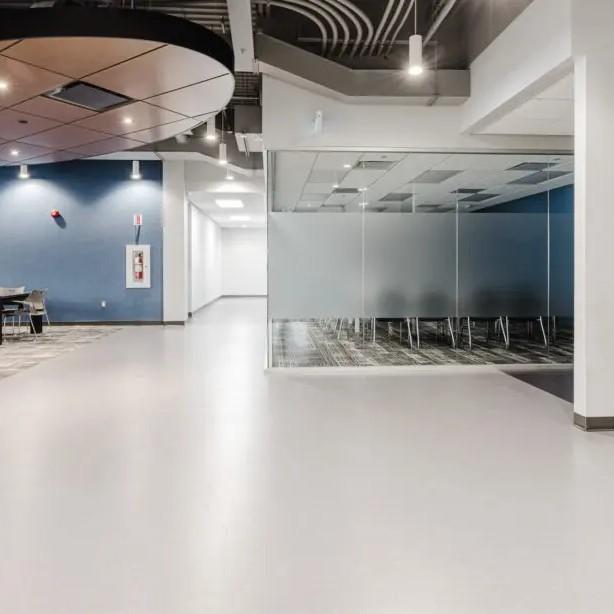

Introduction
When it comes to designing a lab space, careful planning and consideration are key. A well-designed lab enhances productivity, safety, and efficiency. Lab Space Construction Design requires understanding the specific needs of the space, the intended use, and how the lab will evolve. This article will walk you throughthestepstoplanasuccessfullab space construction design, ensuring functionality, compliance, and long-term success.
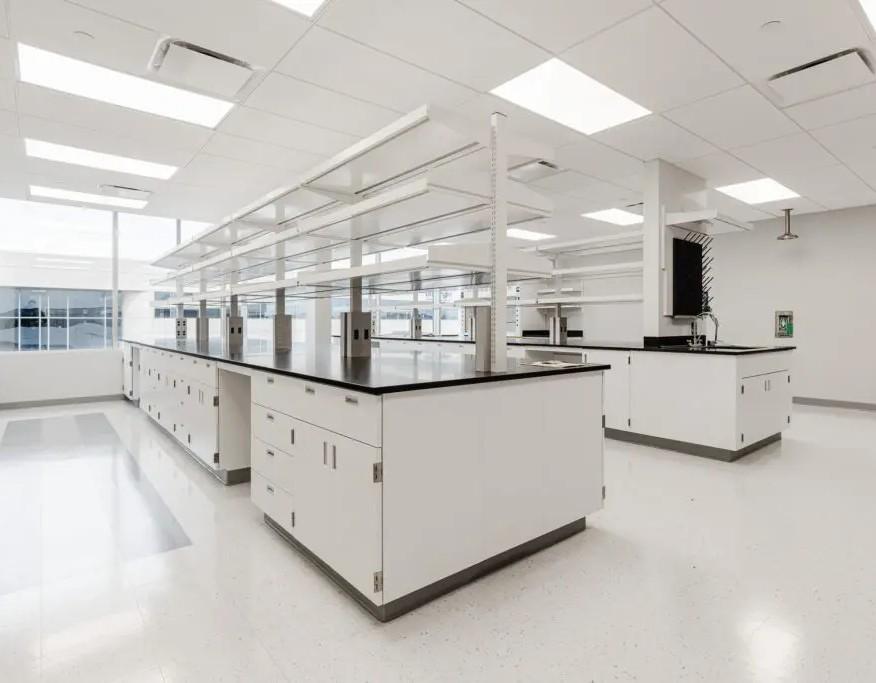
Assess Your Lab Space Requirements
The first step in any lab space construction design is to assess the needs of the lab. What type of research or work will be conducted? Will the lab need specialized equipment, extensive ventilation, or temperature control? Consider factors such as storage, workspace, and how the lab will be used day-to-day. Understanding the specific requirements of the lab will guide the designprocessandensurethatthespace meetsbothcurrentandfutureneeds.
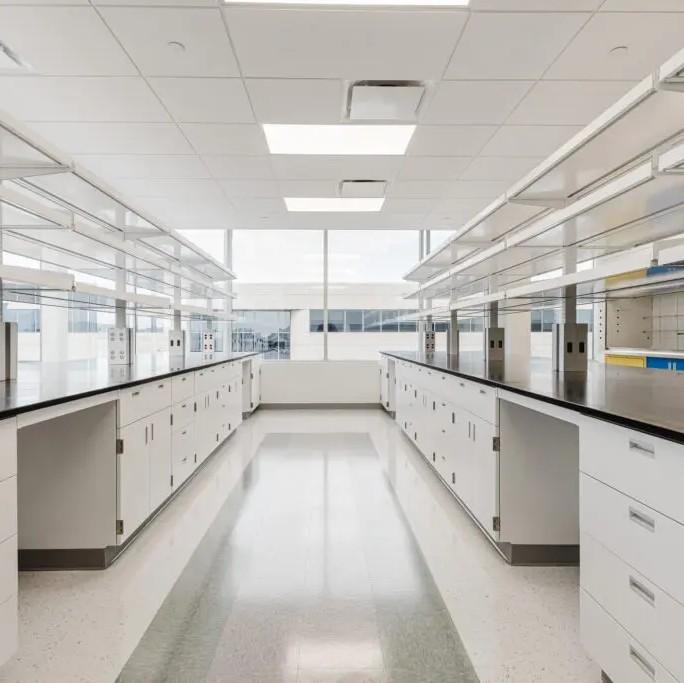
Plan for Flexibility and Growth
Lab spaces often evolve as technology, researchpriorities,andworkflowschange. It’simportanttoplanforflexibilityinyour lab space construction design. Incorporate movable walls, adaptable storage solutions, and electrical systems that can support future upgrades. A flexible design will help you avoid costly renovations down the line and ensure the spacecanaccommodategrowingneeds.
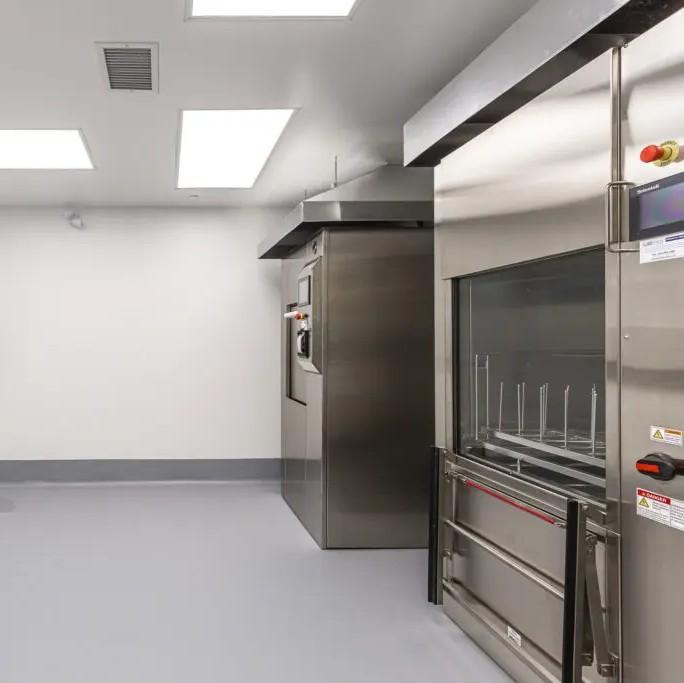
Design with Safety in Mind
Safety is paramount in any lab environment. A well-designed lab space should adhere to strict safety regulations and provide employees with the tools to work securely. Consider incorporating emergency exits, fire-resistant materials, andproperventilationsystemstomanage chemical fumes and airborne contaminants. Accessibility to safety equipment,suchaseyewashstations,fire extinguishers, and first-aid kits, should alsobeintegratedintothedesign.
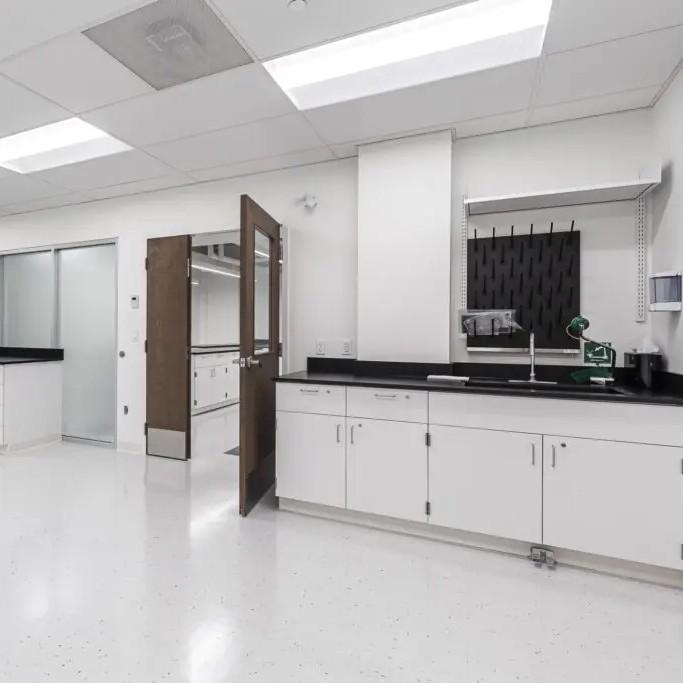
Optimize Workflow and Efficiency
Efficientlabspacedesigncansignificantly enhance productivity. Ensure that the layout of your lab minimizes unnecessary movement and supports seamless workflows. Group similar tasks or equipment together to reduce time spent navigating the space. For example, analytical equipment should be placed near related storage or preparation areas to streamline processes. Designating clear pathways and work zones will also enhanceefficiency.
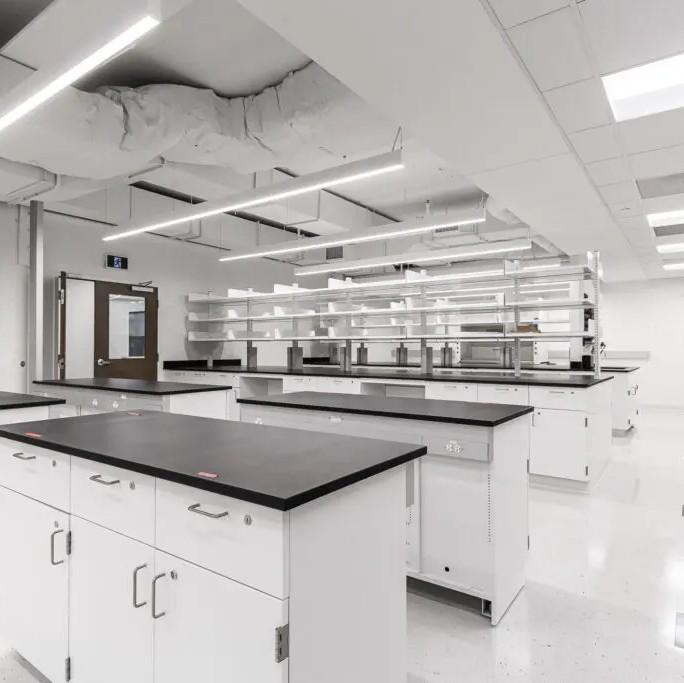
Consult with Experts
Lab space construction design is a specialized field, and it’s beneficial to consult with professionals who have experience in designing laboratory environments. Architects, engineers, and designerswithexpertiseinlabdesigncan help you navigate complex regulations, integrate safety features, and create an efficient layout. Working with experts will also help ensure that your lab meets compliance requirements and industry standards.

